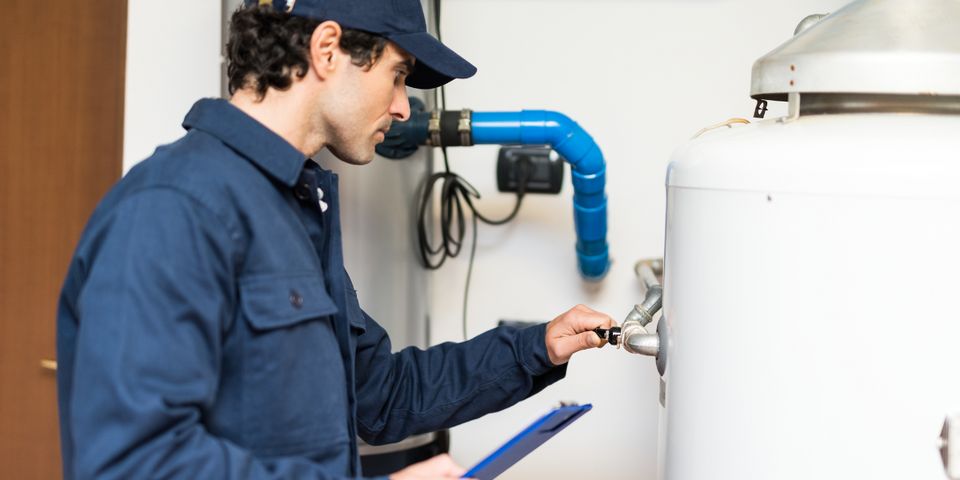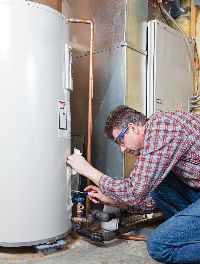
The average water heater has a life expectancy of a decade, but it can still be shocking when it breaks. If you’re able to recognize the early signs of failure, a quality plumbing contractor may be able to extend its life span, giving you time to prepare to buy a new one. The following guide outlines a few signs there's something wrong with this appliance.
How to Tell If Your Water Heater Is Malfunctioning
1. Odd Noises
Popping, snapping, and gurgling signal sediment buildup is at critical levels. These deposits are left behind by hard water and will coat the interior of the tank and other heating elements if regular flushing isn't performed. The sounds you hear indicate the sediment is breaking loose and jostling around inside the appliance. You may also notice higher energy bills and a decreased hot water supply.
Over time, these particles can burn out heating elements by smothering them, and the unit may overheat as it struggles to warm water efficiently. This can cause cracks and corrosion that render a tank unsafe to use. A plumbing contractor can flush the device to remove sediment accumulation, but if the lining is damaged, you will need a new water heater as soon as possible.
2. Tripped Pressure Relief Valve

The pressure relief valve is a safety feature. It releases heat and water if the pressure or temperature inside the appliance reaches dangerous levels; this prevents the unit from bursting. The valve is typically located on or near the top of the tank and looks like a lever. If it’s tripped, you may notice leaking water, steam, or a whistling noise coming from the device.
High temperatures and pressure could be caused by clogged pipes, sediment buildup, and faulty heating elements. A tripped valve means you should turn off the tank until a professional arrives. A simple fix may save it, but prolonged exposure to high pressure can crack the lining, cause rust, and necessitate replacement.
3. Leaks
Leaks near your tank are a red flag. If you notice pooling water, check the connections, valves, and pipes around the unit. Drips originating in these places are repairable. However, puddling at the bottom of a tank with no clear source indicates the container is leaking, which is likely due to cracks or rust caused by age or high pressure.
There is no safe way to patch or fix a crack due to the pressure water heaters withstand, so the unit will need replacing. If your reservoir is leaking, turn it off, shut off the water supply, and wait for a professional.
If your water heater displays any of the above signs of failure, contact the fully licensed plumbing contractors at Riley-Armstrong Plumbing & Heating in Fort Dodge, IA. They have over 30 years of experience in commercial and residential plumbing. Their services include water heater repair and replacement, and they offer 24/7 emergency response. Learn more online, and call (515) 955-2232 for a free estimate.
About the Business
(14 reviews)
Have a question? Ask the experts!
Send your question

